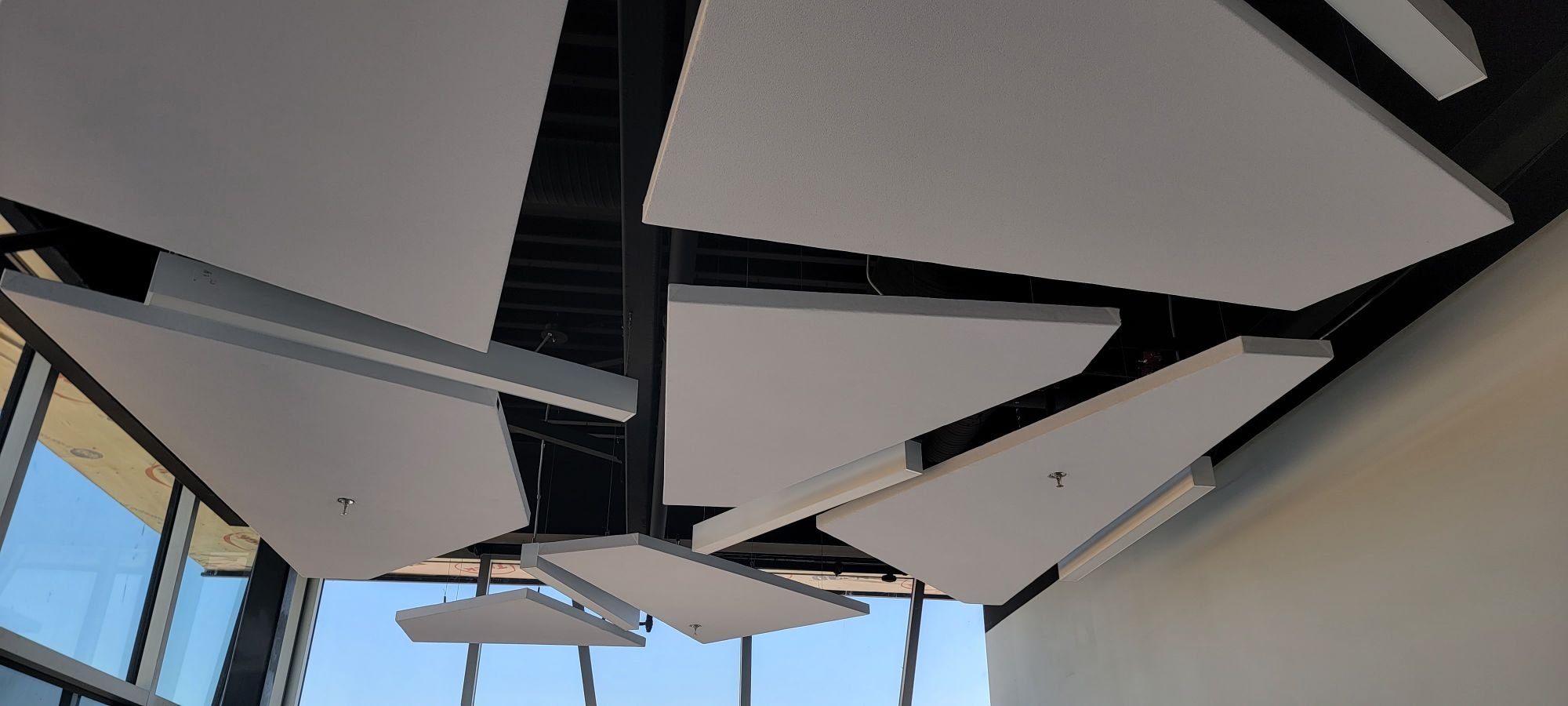Achieve Perfect Consistency in your house With Efficient Soundproofing Methods for Ideal Acoustics
Creating an environment of excellent consistency in your home involves even more than simply the appearances of decoration and style. Soundproofing plays an important role in achieving optimum acoustics, influencing the way we experience and interact with our living rooms. By comprehending the fundamentals of soundproofing, determining sources of noise disruptions, selecting appropriate products, and applying tried and tested methods, you can transform your home right into a haven of tranquility where audio enhances as opposed to interrupts. The trip to grasping soundproofing techniques for ideal acoustics starts with a thoughtful approach that stabilizes functionality and convenience, resulting in an immersive acoustic experience that really integrates with your way of life.

Comprehending Soundproofing Fundamentals
Soundproofing is rooted in the understanding of how audio waves travel and communicate with different products. The secret to successful soundproofing exists in interfering with or taking in these sound waves to minimize their transmission from one room to one more.
Understanding the concept of audio transmission class (STC) rankings is critical in choosing the right products for soundproofing. The STC score gauges just how well a material can lower air-borne sound transmission through it, with greater STC scores showing much better soundproofing capabilities. In addition, thinking about the effect of impact insulation course (IIC) rankings for minimizing impact sound, such as steps or furnishings moving, can better enhance the effectiveness of soundproofing solutions.
Evaluating Sound Resources in your house
Structure upon the foundational understanding of soundproofing principles, an essential action in efficient sound mitigation within your home entails identifying and assessing the numerous sources of unwanted sound. Noise sources can be classified into two major types: airborne sound, which includes noises like discussions, songs, and television, and effect sound, such as footsteps or products being gone down. To assess these sources, think about the different rooms in your house and the tasks that generally happen in each. As an example, the living-room may have a lot more air-borne noise from home entertainment systems, while effect sound from footprints may be a concern in locations with tough flooring like hallways or kitchens.
Additionally, consider exterior resources of sound, such as web traffic, neighbors, or nearby construction, which can also impact the acoustics within your home. acoustic solutions. Identifying these resources will help you focus on locations for soundproofing and select the most effective remedies. By determining the certain noise resources in your house, you can tailor your soundproofing efforts to attain optimum results and create an extra relaxed and harmonious living environment
Choosing the Right Soundproofing Products
When selecting soundproofing materials for your check home, it is important to prioritize performance and compatibility with your particular sound concerns. Think about variables such as the sort of sound you are attempting to block, the level of soundproofing required, and the visual appeals of the materials to guarantee they mix perfectly right into your space.
One typical product for soundproofing is acoustic foam. One more alternative is mass-loaded plastic, which is efficient in obstructing out low-frequency sounds like web traffic or equipment noises.
Drapes and carpets made from sound-absorbing products are likewise efficient in moistening sound, especially in locations with difficult surfaces that trigger sound to bounce around. Remember, the key to successful soundproofing is selecting the right products that resolve your details sound problems while improving the general comfort and acoustics of your home.
Executing Soundproofing Techniques
To effectively implement soundproofing techniques in your house, it is critical to begin by examining the areas that are most susceptible to sound seepage. Typical sources of sound can consist of outside sounds from website traffic, next-door neighbors, or neighboring building, in addition to interior sources like devices, pipes, and enjoyment systems. Once you have actually recognized these areas, you can start applying soundproofing options tailored per details area.

For even more significant noise reduction, think about installing soundproof drywall, double-glazed windows, or durable networks to separate resonances. In addition, rearranging furnishings, including shelfs, or integrating sound-absorbing products can better boost the acoustics of an area. By purposefully view it now applying these soundproofing techniques, you can create a quieter and even more calm living environment in your home.
Maintaining and Improving Acoustic Environment
After implementing soundproofing techniques to address sound seepage in your house, the emphasis moves towards maintaining and enhancing the acoustic setting to make certain a continually calm space. To preserve optimal acoustics, frequently examine soundproofing materials for wear and tear, guaranteeing they stay efficient in blocking undesirable noise. Keep doors and home windows effectively secured to stop sound leak and think about adding weather removing or door sweeps for additional soundproofing.
Improving the acoustic setting can include strategic positioning of furniture, carpets, and drapes to dampen audio reflections and mirrors. Using sound-absorbing materials such as acoustic panels or foam can better improve the total sound quality in your house. acoustic solutions. Furthermore, incorporating soft here home furnishings like cushions and coverings can help in reducing noise echo, producing an extra pleasurable auditory experience
Moreover, purchasing sound-absorbing decor elements like shelfs, tapestries, or plants can contribute to a balanced acoustic atmosphere. On a regular basis decluttering your room can additionally protect against acoustic waves from jumping off surface areas, inevitably improving the total acoustics of your home. By constantly keeping and improving your acoustic environment, you can produce a harmonious and peaceful space on your own and your family.
Final Thought
Finally, attaining best harmony in your house via effective soundproofing techniques is essential for ideal acoustics. By comprehending soundproofing essentials, assessing noise sources, choosing the best products, implementing strategies, and keeping the acoustic setting, you can produce a tranquil and delightful space complimentary from unwanted noise disturbances. Focusing on soundproofing efforts can considerably enhance the total top quality of life in your home.